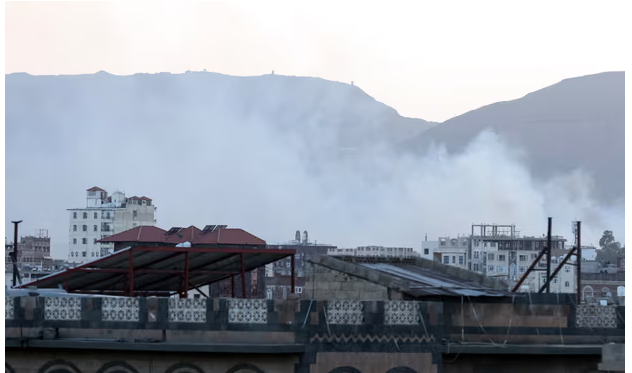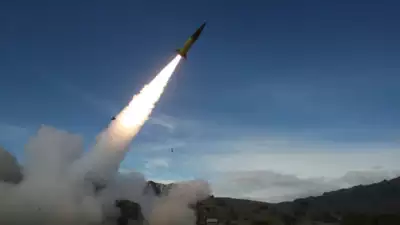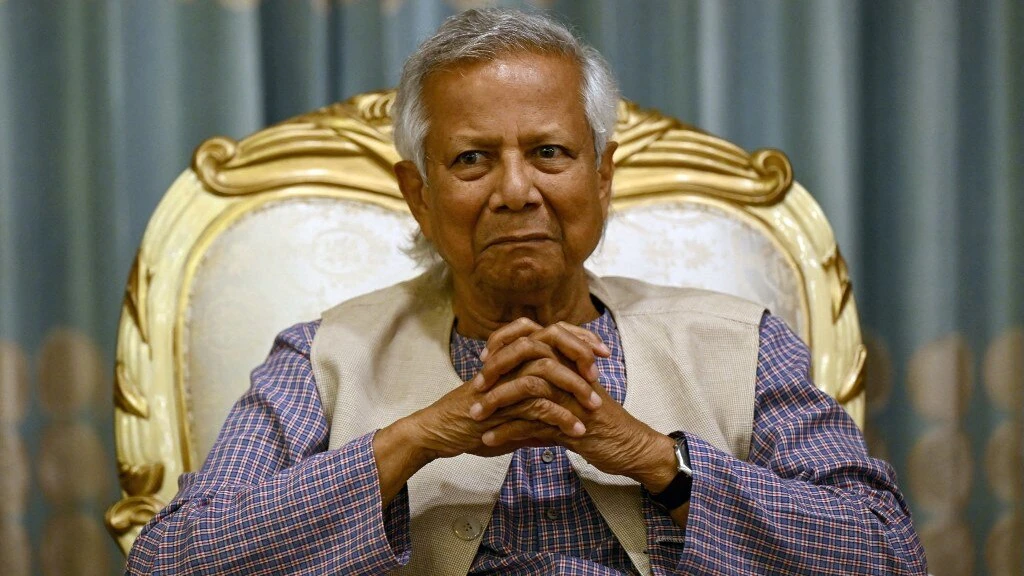US attacks Houthi targets in Yemen with B-2 stealth bombers for first time

NEW DELHI: The US has carried out B-2 stealth bomber strikes on Houthi underground weapons facilities in Yemen for the first time, in an escalation that appears in part to be a warning to the movement’s backers in Tehran.
Local television in Houthi-run areas of the country reported 15 strikes hit five sites near the capital, Sana’a, and in the northern governorate Saada, the traditional Houthi homeland, on Thursday around dawn.
The US defence secretary, Lloyd Austin, said in a statement: “US forces targeted several of the Houthis’ underground facilities housing various weapons components of types that the Houthis have used to target civilian and military vessels throughout the region.” The strikes were aimed at degrading the Houthis’ military capabilities to “defend US forces and personnel in one of the world’s most critical waterways,” he said.
In what was widely viewed as a message to Iran amid fears of a regional conflagration, Austin added that use of the long-range stealth bomber demonstrated “US global strike capabilities to take action against these targets when necessary, anytime, anywhere”.
“America will pay the price for its aggression on Yemen, and as we have said before, its aggression will not deter Yemen from its stance in support of Gaza,” Nasruddin Amer, the deputy head of the media office for the Houthis, said on X.
The Houthi movement, also known as Ansar Allah, is a fundamentalist Shia group allied with Iran and forms part of Tehran’s region-wide “axis of resistance” against Israel and the US.
The region is still on high alert for Israeli retaliation to an Iranian barrage of 180 ballistic missiles fired towards the Jewish state earlier this month.
For nearly a year, the group has targeted ships travelling through the Gulf of Aden and the Red Sea that it says are linked to Israel, in what it has described as a show of solidarity with Palestinians in the war in Gaza. However, the group has also attacked ships with no connection to Israel. It has also fired missiles and armed drones at Israel.
The Red Sea shipping channel, which leads to the Suez canal, is a vital route carrying 12% of global trade. The attacks have caused serious disruption, leading the US and the UK to begin airstrikes on the Houthis in January. In July, Israel also attacked northern Yemen directly in response to a drone attack on Tel Aviv.
Dozens of civilians have been killed in the attacks, according to the Yemen Data Project, a non-profit collating the impact of airstrikes on the country.
The Houthis seized control of north Yemen, where most of the population lives, in 2014. The group has since imposed draconian measures on the people under its rule.
A Saudi and UAE-led coalition has failed to dislodge the Houthis despite intensive bombing campaigns and imposing a years-long siege that has led to widespread hunger and disease.
In a separate regional development on Thursday, an Israeli airstrike hit the Syrian city of Latakia, wounding two civilians, according to Syrian state media. The Israeli military has intensified its raids on Syria in parallel with its escalation in Lebanon, where for more than three weeks it has heavily bombarded Hezbollah bastions. Israel accuses the Lebanese group, which like the Houthis is backed by Iran, of transferring weapons through Syria.



.webp)












